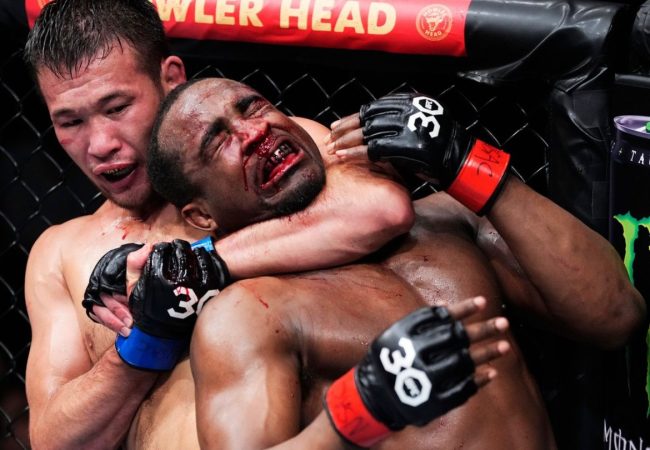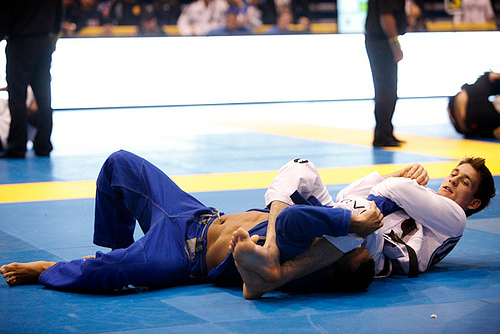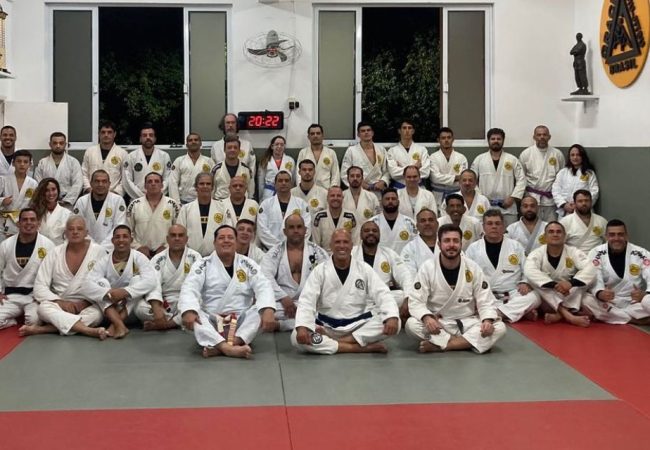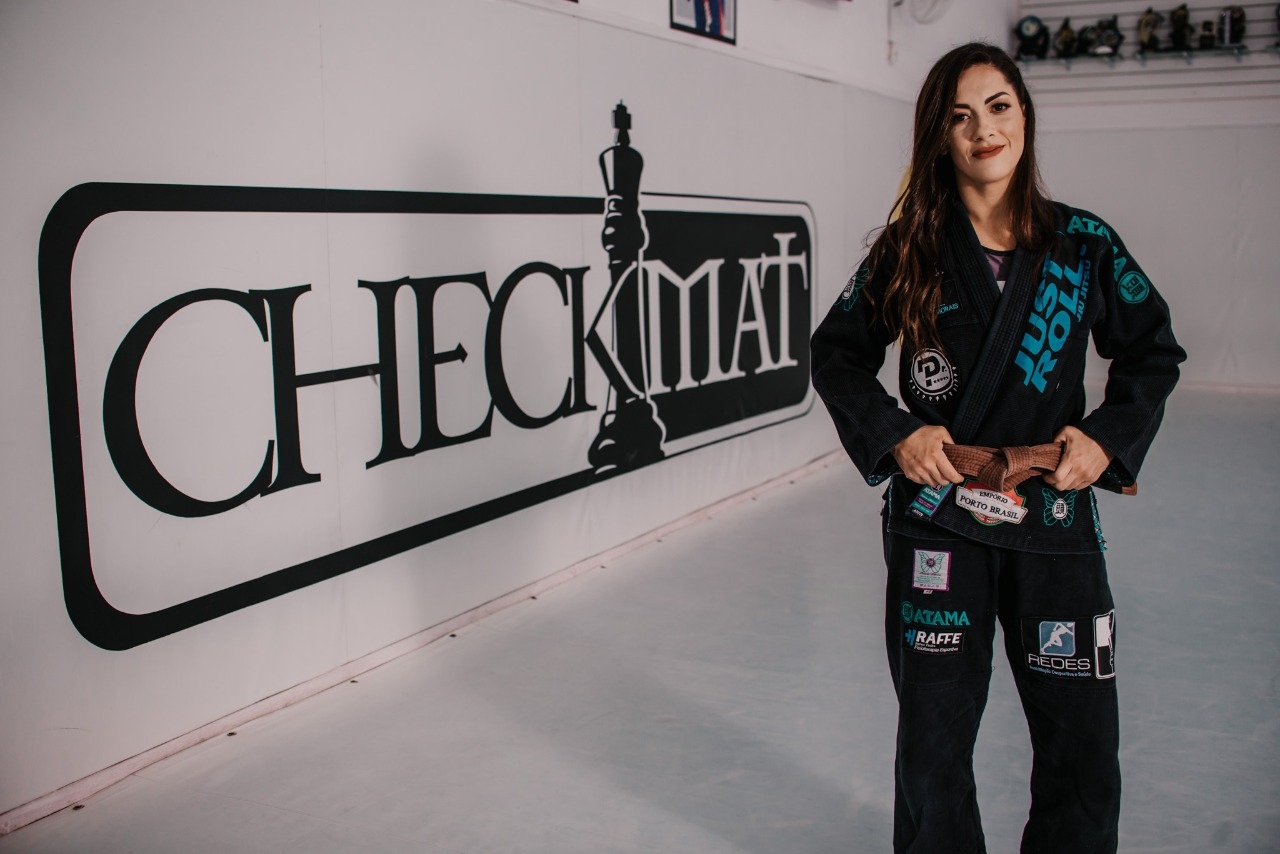
In addition to the world championships, Bárbara has nine South American and six national titles. Photo: Personal archive
Brown belt by Checkmat and two-time Jiu-Jitsu world champion, Bárbara Pires is no stranger to the challenges of Jiu-Jitsu and overcome, at the beginning of her career, the rupture of four ligaments in her knee, an injury that resulted in two surgeries and an uncertain window of return to the mats.
Despite the setbacks, she believes that the greater the difficulty, the greater the victory. With this mindset, Barbara gives six tips to help female athletes to adapt better to Jiu-Jitsu and overcome the obstacles of starting in the gentle art. Check it out below!
1. Have your goals defined: “Don’t allow yourself to be unmotivated. When I arrived at the academy saying that I wanted to be a world champion, many people laughed and doubted me. Today I have a solid career as an athlete, became a two-time world champion, and was able to visit places I never imagined, all thanks to Jiu-Jitsu. Determine your goals and fight for them, whether it’s a competition or any other aspect of Jiu-Jitsu.”
2. Enhance your uniform: “The uniform for women goes a little beyond normal. Wear shorts or high-waisted pants under the kimono. It is also important to use a tight top without plastic or metal parts so that it does not hurt you during training. Finally, separate a shirt without a neckline, preferably lycra, to take to the mat. It may sound silly, but you will train more comfortably and protected, allowing you to keep your focus on Jiu-Jitsu.”
3. Haircare: “Hold your hair tight, as it can break a lot depending on how you train. I like to make a high ponytail and then a braid so that the hair is not sticking to the skin, causing it to break less. Avoid clamps or metal fasteners, as they can hurt you and your training colleagues.”
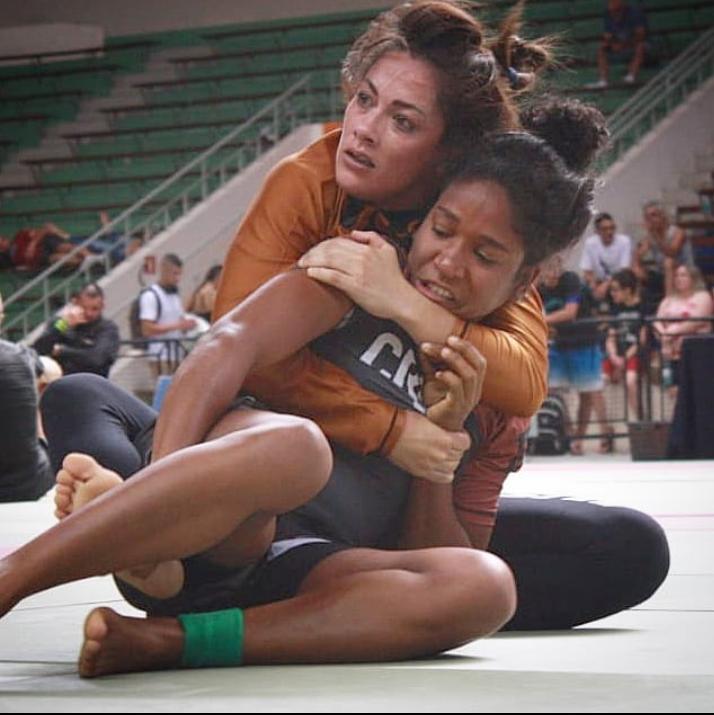
Barbara in action without a gi. Photo: Reproduction
4. Nails and makeup: “Cut your nails so they don’t go past your fingertips. Long nails can hinder your training progress and pose a risk to your colleagues. It is also important to take off your makeup before training, as it will smudge and may end up dirtying the mat and the gi of other students. You can put it back after training.”
5. Choose your team and your teacher wisely: “You must be in a place that makes you comfortable, otherwise it won’t last long. Look for options that are nearby, watch and participate in an experimental class and, mainly, research about your teacher. You must know as much as possible about your future academy so that you can gain confidence to start your journey in Jiu-Jitsu.”
6. Don’t give up: “The start in Jiu-Jitsu can be difficult and even a little frustrating, but persist and you will start to see results. In addition to allowing you to blow off some steam from day-to-day pressures, Jiu-Jitsu stimulates the production of endorphins, gives you the self-confidence of knowing how to defend yourself and, like all physical activity, increases your self-esteem.”


